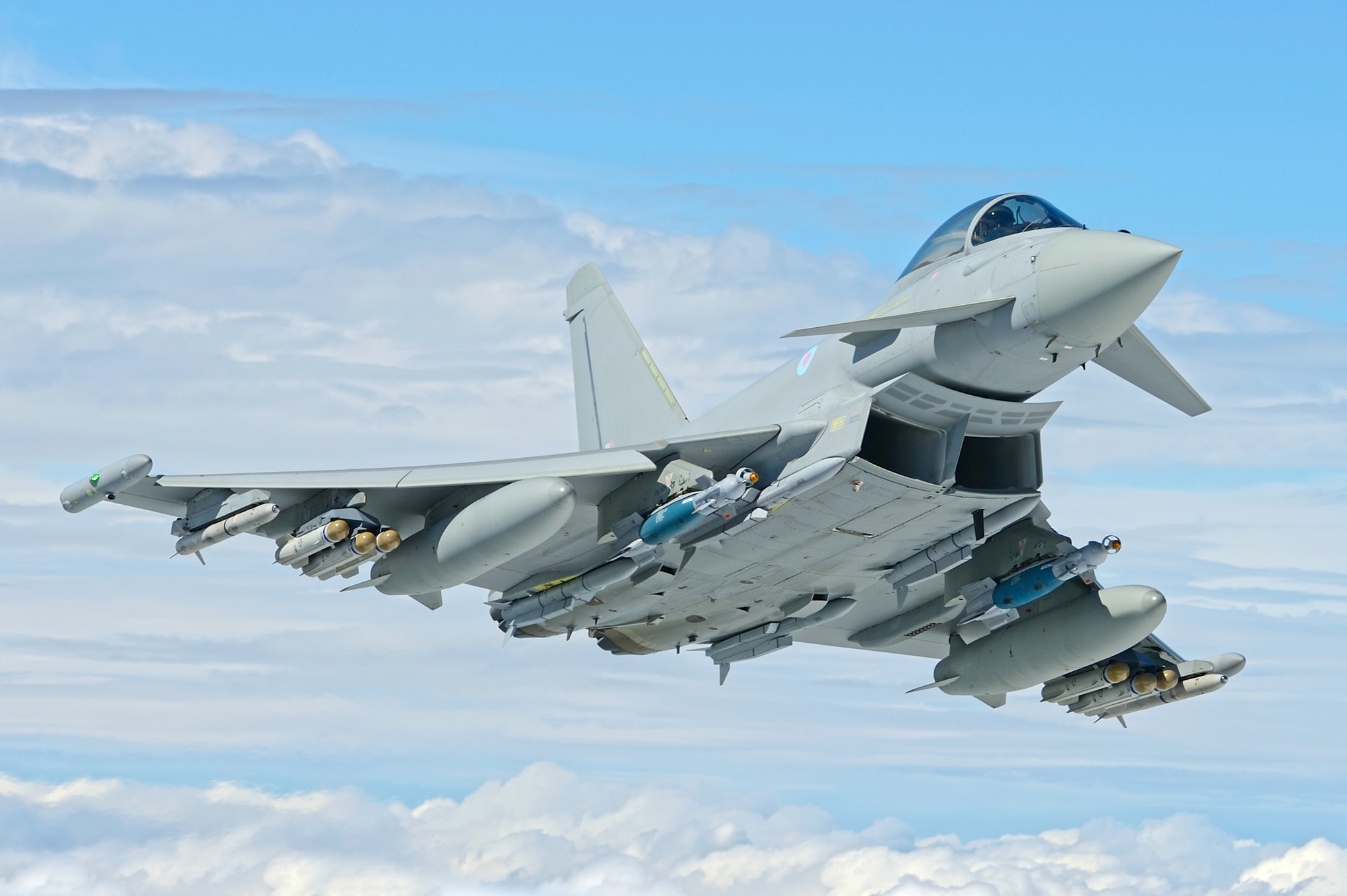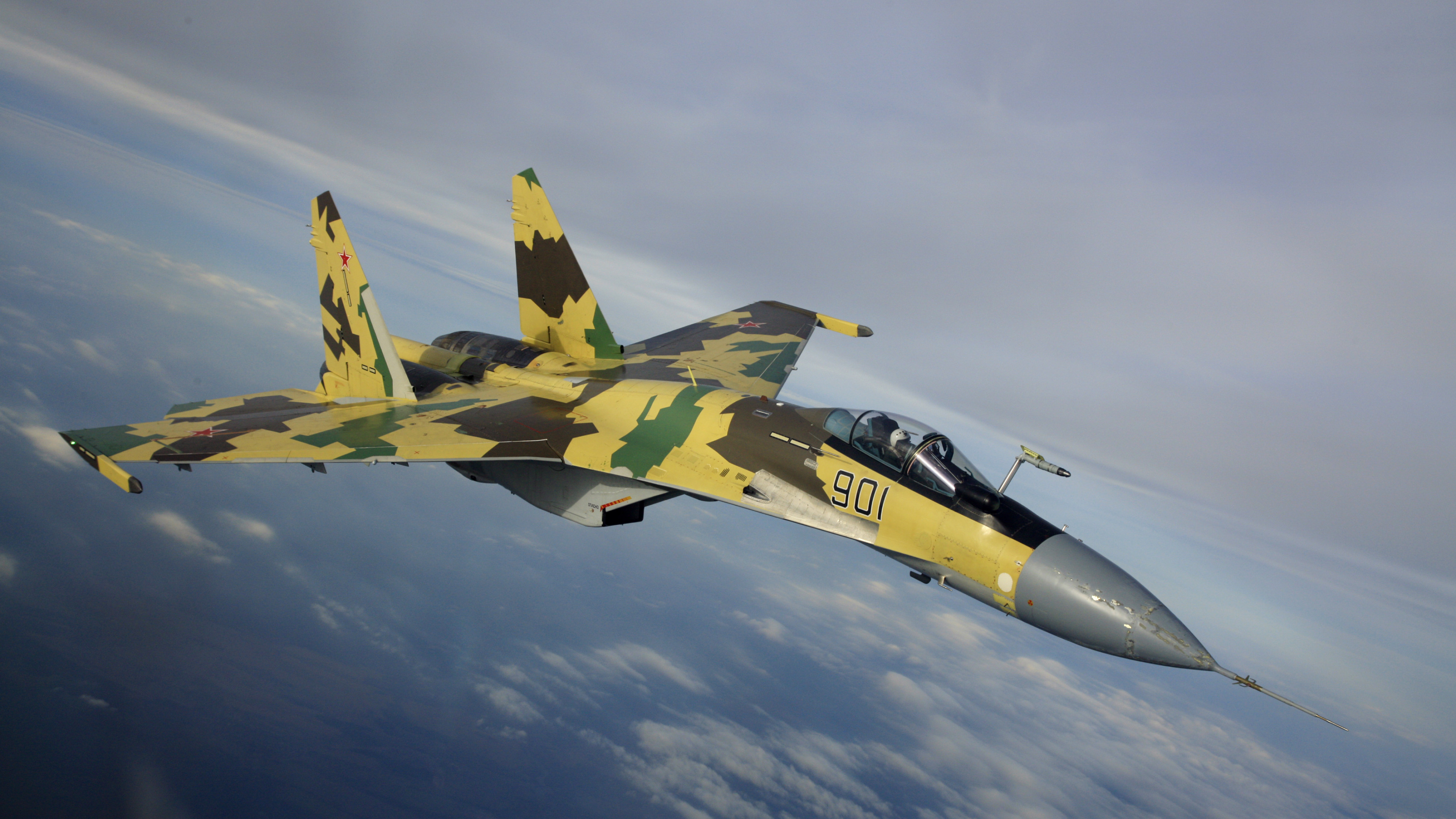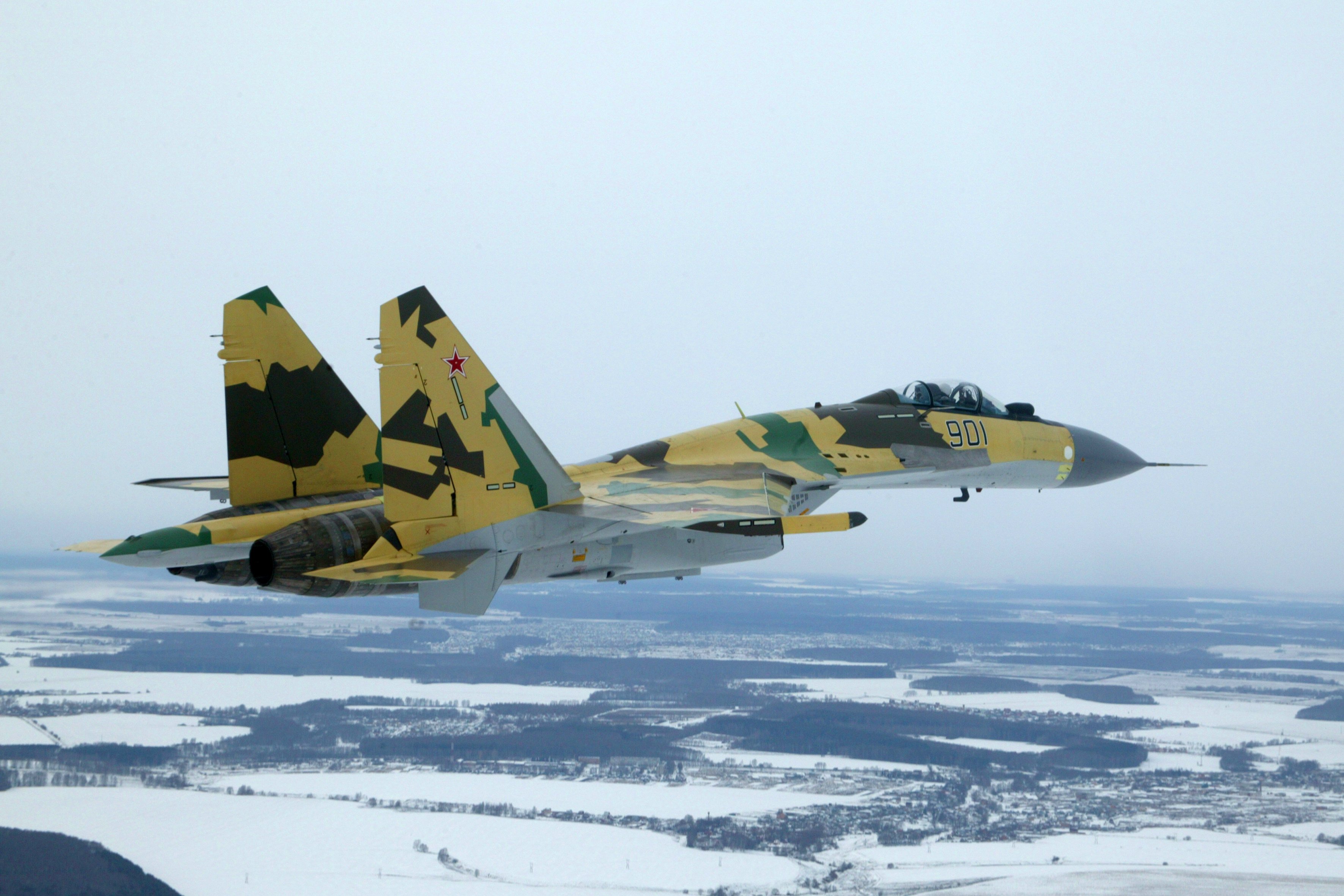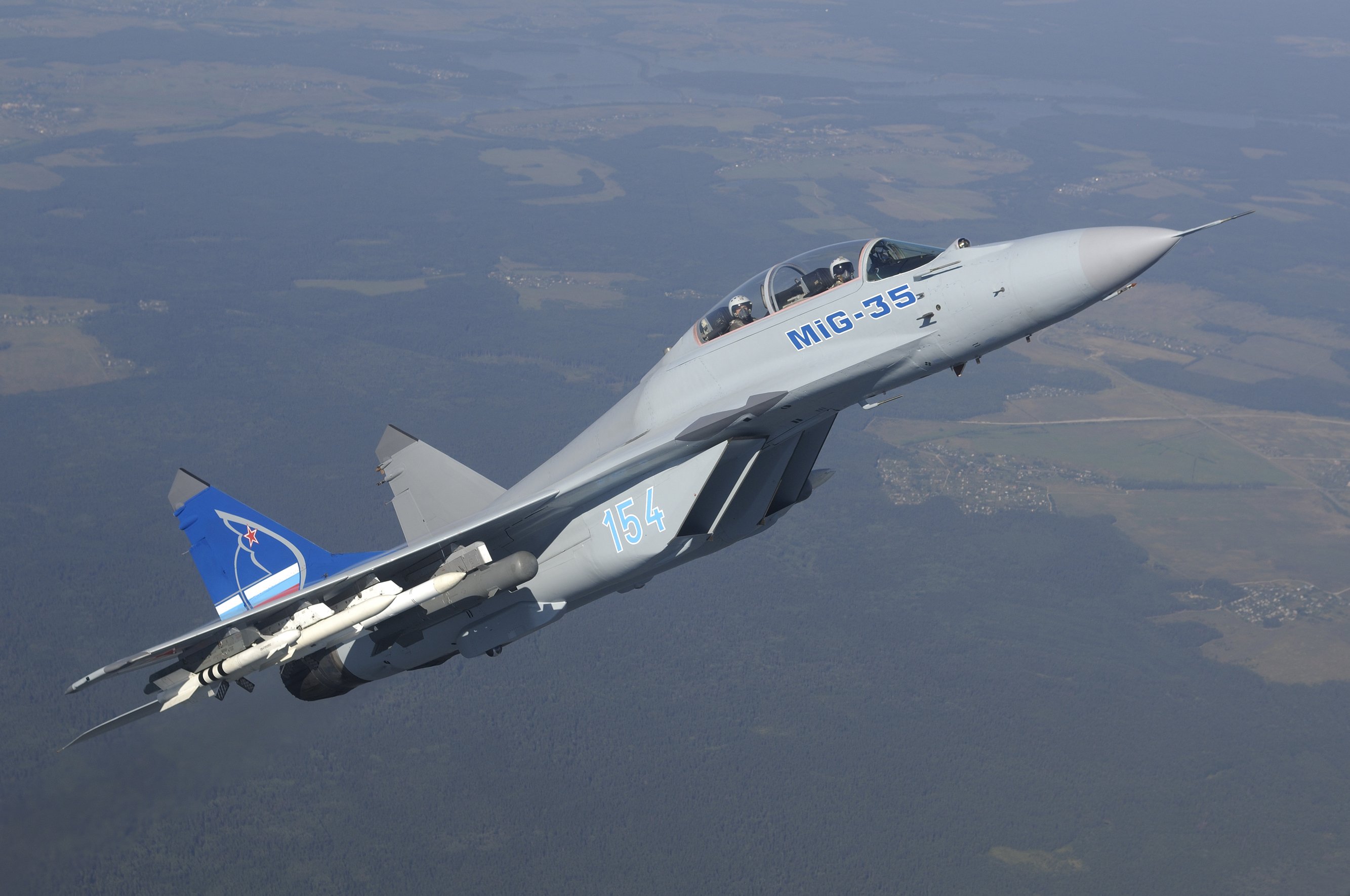Recently, the Indian Air Force (IAF) retired the iconic Srinagar-based No. 51 Squadron which runs the MiG-21 Bisons— as squadron that Group Captain (then Wing Commander) Abhinandan Varthaman was part of in the clash with Pakistan after the February 2019 Balakot air strike. the IAF has will be phased out gradually the remaining three MiG-21 Bison squadrons that by 2025. Then, it will start Removing the six squadrons of ageing Jaguars in the early 2030s. Next will be The Mirage-2000s and MiG-29s .

While the IAF is charting out a retirement plan for its older jets, the focus is back on its strength with concerns being raised over its dwindling numbers. At a recent IAF press conference, Air Chief Marshal V.R. Chaudhari, the Chief of the Air Staff, said, “It will be impossible to keep watch and do combat air patrol across the country with the given number of 31 squadrons,” adding that it might take a decade to meet the proposed target of 42 squadrons.

The current number will further dip as and when older jets are phased out. “Considering the planned rate of inflow of Tejas fighters, the squadron strength will continue to go down,” says retired Air Vice Marshal Manmohan Bahadur. This drawdown of squadrons is concerning as hostile neighbours continue to build and flex their muscle, with China even developing a sixth-generation fighter jet now.
What is even more concerning is that India’s drive to replenish its fleet is not keeping pace with its dipping aircraft numbers, with several delays denting the process.
Seema Sirohi, a Washington DC-based columnist, says, “The original [IAF] tender for 126 multirole aircraft was floated in 2007 and we are now in 2022. The problem is that geopolitical shifts and advancements in aerial warfare wait for no one. One of the most important criteria is expected to be acquiring jet engine technology—something that India has struggled to get over the years.”
This RFP, which would be one of the largest ever in the history of military procurements, is crucial for the IAF as it urgently needs to boost its falling fleet numbers. “The IAF has stated clearly that 114 MRFA would be required to have the bare minimum squadron strength. The government needs to quickly find the money to finance this vital requirement,” says Bahadur.
The foreign fighter jets on the IAF’s radar under this proposal are France’s Dassault Rafale, the US’ Boeing F/A-18 Super Hornet, F-15EX Eagle II and Lockheed Martin F-21, Sweden’s Saab Gripen E/F, Eurofighter Typhoon co-manufactured by a consortium of European nations, and Russia’s Sukhoi Su-35 and Mikoyan-Gurevich (MiG)-35. Other than the 36 Rafales that India has, the country does not have any of the fighters in the MRFA tender.
The selection would depend on various factors like the indigenous and foreign twin-engine deck-based fighter options, the allocation between the Indian Navy and the IAF, among others. Let’s take a look at what the jets have to offer.
Rafale
A fairly new entrant in the IAF with just two squadrons, the French Rafale has become the most well-known fighter jet operated by India.
Earlier this year, sources had told India Today that the two Rafale squadrons had played a major role in containing the situation after the Chinese started aggression in the northern sector in Ladakh and were operationalised within a few weeks of their arrival and induction into the IAF.
Considered to be the most advanced aircraft in the Indian fleet, the Rafale is a twin-engine delta-wing jet that is highly manoeuvrable, with an airframe that is capable of 11Gs (g-force) during emergencies. Its maximum speed is Mach 1.8 (around 2,222 kmph) and it has a 3,700-km range due to its three drop tanks. The India-specific features include Israeli helmet-mounted displays, radar warning receivers, low-band jammers, 10-hour flight data recording, infrared search and tracking systems, among others. The French fighter is armed with two stealth cruise missiles, air-to-surface all-weather smart weapons, air-to-air missiles, and stand-off weapons.
Dassault has endorsed the Rafale as a low-risk, win-win option for the IAF. India has already invested a large amount of capital to build infrastructure for the Rafales and various Indian as well as foreign weapons have been integrated with the jet, giving it an edge over its competitors in the MRFA deal.
However, Girish Linganna, a defence and aerospace analyst, is slightly sceptical. Talking about how India’s aircraft carriers, the INS Vikramaditya and INS Vikrant, the country’s first indigenous aircraft carrier, are facing a shortage of fighter jets, Linganna says, “The Rafale-Marine is an option but because its wings do not fold, it does not fit into Vikrant’s lift. So, India might acquire less numbers than previously designated.”
Boeing F/A-18 Super Hornet
The F/A-18 is a deck-based multirole fighter jet. It boasts air superiority, day/night strike with precision-guided weapons, fighter escort, close air support, suppression of enemy air defences, maritime strike, reconnaissance, forward air control and tanker missions, as stated by its manufacturer Boeing.

The Super Hornet can fly at Mach 1.7 (just over 2,000 kmph), has a 20 mm Gatling automatic cannon, short- and medium-range missiles, advanced medium-range air-to-air missiles, laser-guided bombs, among others features.
These factors have also made it the backbone of the US Navy’s carrier wing.
Boeing F-15EX Eagle II
This one is a surprise as its original version first flew 50 years ago in 1972.

Talking about the jet’s prowess, former colonel Ajai Shukla wrote in Business Standard: “The Eagle II is the world’s fastest (Mach 2.5, or 3,100 kilometres per hour) and most heavily-armed (payload of 13.6 tonnes, or 30,000 pounds) fighter, with the longest strike range (1,200 nautical miles or 2,222 kilometres). It has scored 104 kills in air-to-air combat without suffering a single loss.”
It is an extremely competent fighter which, according to its producer, Boeing, meets the latest requirements of the US Air Force. It also comes with the political authority of being an American jet.
Lockheed Martin F-21
Lockheed Martin’s F-21 (multirole) is essentially a rebranded and advanced version of its F-16 Block 70 variant and does not add much in terms of warfighting capabilities.

It is a 4.5-generation jet armed with a total of 12 air-to-air missiles—six on each wing—two towed decoy systems, a more advanced active electronically scanned array (AESA) fire control radar which has elements of the F-22 and F-35’s radar.
Compared to its competitors, the Lockheed Martin F-21 is priced lower. The American defence company states, “Specifically configured for the Indian Air Force, the F-21 provides unmatched ‘Make in India’ opportunities and strengthens India’s path to an advanced airpower future.”
Having said that, Sirohi says, “It remains to be seen whether the US defence contractors can meet the new requirements of Make in India to the satisfaction of the government.”
Despite Lockheed Martin’s attempts to incentivise the F-21 for India, the IAF is unlikely to select it for a few reasons. Firstly, it is a single-engine jet and India is looking for a dual-engine fighter. In addition to that, India was unhappy about the US’ recent $450-million package of Lockheed Martin’s F-16 for the Pakistan Air Force which includes technical and logistics services for future maintenance of its fleet.
Saab Gripen E/F
The Gripen E/F (multirole) is the underdog in this RFP. The E variant is a single-seat fighter while the F is a twin-seat variant.

Saab’s website states that both versions have the latest AESA technology, intuitive human-machine collaboration with artificial intelligence, and upgradeable avionics and technology. Its strike package includes various missile types like air-to-air, infrared-guided short range and beyond-visual-range air-to-air, advanced medium range air-to-air, and other short- and long-range and air-to-surface weapons and missiles.
It is also armed with a high-velocity gun for both air-to-air and air-to-surface attack capabilities, missile approach warning system and more chaffs and flares than other similar jets. The Gripen E/F can carry reconnaissance pods, a laser designation pod, external fuel tanks, among other things.
Even though Saab’s fighter has a low per unit cost of $30 million, it is extremely unlikely that the IAF will select it as the Gripen only has a handful of operators other than Sweden.
There are other reasons, too. Linganna explains: “Defence deals are not based on technology alone. Most of the time, they also serve a political purpose. What can Sweden offer us [India] from a geopolitical level apart from the fighter? In the case of the US, France, etc., you can link the deal with their support for our entry to the Nuclear Suppliers Group, the United Nations Security Council, etc., too.”
Eurofighter Typhoon
The Typhoon (multirole) has been jointly manufactured by the UK, Germany, Italy and Spain as a swing-role fighter which can simultaneously operate in both combat roles—air-to-air and air-to-surface.

Its maximum velocity is Mach 2 (2,450 kmph) with a service ceiling of 55,000 feet. The Typhoon’s infrared sensor allows it to simultaneously detect and track multiple dynamic targets. The fighter jet’s multifunctional information distribution system enables the pilot to communicate and share real-time data with the air, land and naval forces, in addition to having jamming resistance when it comes to communications and data shares.
The Typhoon has true swing-role capabilities for it can carry up to six bombs while also carrying six missiles, a cannon and a targeting pod, says the Eurofighter website, adding that it has sufficient processing power to simultaneously support missile in-flight updates and bomb in-flight targeting.
On July 4, 2012, on behalf of the Eurofighter Typhoon Consortium, Airbus had reportedly written a letter to former Defence Minister Arun Jaitley stating that the Typhoon would be available at 20 per cent less than its previously quoted figure. Other incentives, like the scope, weapons package, delivery timelines, improved commercial aspects, job creation and transfer of technology were also outlined.
In spite of that, India still went ahead with the French Rafale, a controversial purchase that has been a point of debate.
Sukhoi Su-35
The Su-35 (multirole/air superiority) is an upgraded version of the Su-30MKI, the version of Su-30 which has been heavily modified to Indian specifications.

The entire sensor package and capabilities’ enhancements that the IAF wanted in its trusted Su-30MKI (fourth-generation) would be on the Su-35 (4++ generation). The Indian Su-35 would reportedly surpass the Chinese Su-35.
It is a twin-engine, multirole air-superiority fighter that is highly manoeuvrable due to its thrust-vectoring nozzles. The Su-35 can track 30 targets simultaneously and engage eight of them. It also features an electronic warfare and communications suite and utilises air-to-air, air-to-ground and anti-ship missiles, unguided rockets and bombs, and guided bomb units.
While it is a good option for India in terms of compatibility, maintenance and upgrades, Russia’s war in Ukraine, the subsequent sanctions against it, and a heavily disrupted supply chain and delivery timetable would be a cause for concern.

The Su-35 proposal may not meet delivery targets, says Andrew Green, a London-based defence analyst. Given the current difficulties in terms of combat and sanctions, even if the Russians could get the high-end electronics to make it up to the specifications India wants, it would not be at the lower price (as compared to Western options) that makes the Russian aircraft desirable, he adds.
“This is not even considering the political dimension of buying arms from Russia at a time when it is pursuing a war of aggression in Ukraine. The optics of being seen to fund Putin’s war through arms sales need to be considered, too, for a nation that is ostensibly neutral on the issue. Though the optics of buying from any side in any conflict would need to be considered anyway,” Green opines.
MiG-35
The MiG-35 (multirole) is a twin-engine fighter with a flight ceiling of 17,500 m that does not release engine smoke. Akin to the Su-35, it, too, has thrust-vectoring nozzles which permit high manoeuvrability. Its external fuel tanks give it a range of 3,100 kms.

The MiG-35’s weapons package includes rockets, air-to-air and air-to-surface, including anti-ship, missiles, guided and unguided bombs. It also has the AESA radar.
However, the issues that plague Sukhoi’s Su-35 also impact the MiG-35, making it an unlikely purchase for the IAF as well.
Despite delays with the MRFA deal, the IAF has said that it will be fast-tracked. It is unclear whether India will select only one of these fighters or go for a combination.
“The US would obviously want one of the American contenders to win the contract but it remains to be seen if any of them meets the multiple bars. In the end, India’s decision would be partly political, partly technical and partly based on ramping up the domestic defence ecosystem,” concludes Sirohi.

 ÚLTIMAS NOTICIAS: Kanye West guarda silencio sobre los rumores de “incesto” — pero esta acción lo dice todo… y deja a todos perplejos Los Ángeles –…
ÚLTIMAS NOTICIAS: Kanye West guarda silencio sobre los rumores de “incesto” — pero esta acción lo dice todo… y deja a todos perplejos Los Ángeles –… 
 ÚLTIMA HORA: Podría perder el apoyo de Trump… pero FOX tiene otros planes aterradores que podrían cambiarlo todo Washington D.C. / Nueva York – Abril 2025…
ÚLTIMA HORA: Podría perder el apoyo de Trump… pero FOX tiene otros planes aterradores que podrían cambiarlo todo Washington D.C. / Nueva York – Abril 2025… 


